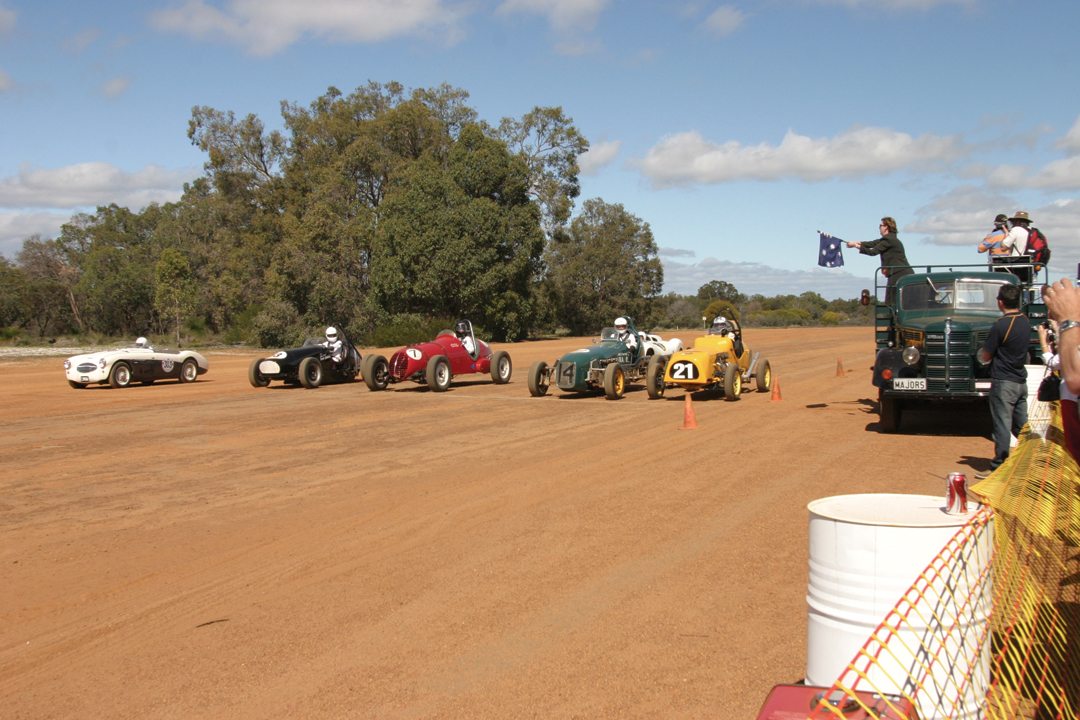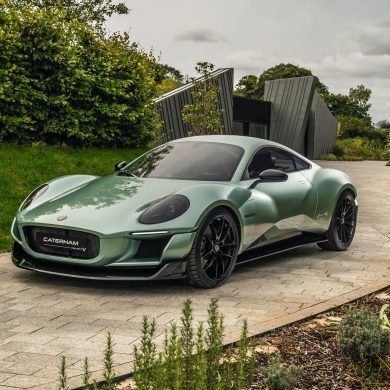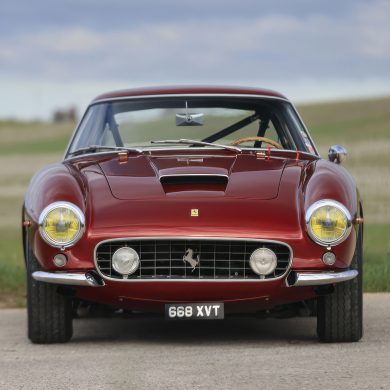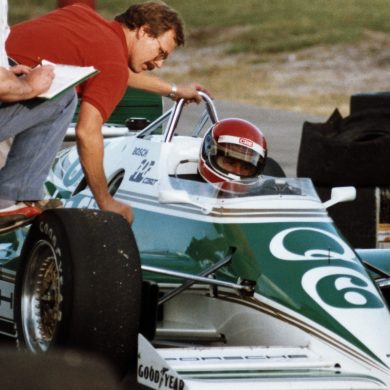Built during World War II, it was known as “RAAF Fleet Air Arm, Middle Swan” but, to locals, just Caversham. After the war, the Western Australia Sporting Car Club persuaded the Australian government to allow a race meeting on the Caversham air base to celebrate the end of the war. With 60,000 spectators, it was successful enough for the club to acquire a lease for the facility.
Western Australia has seen three Australian Grands Prix—Narrogin in 1951, and in 1957 and 1962 at Caversham. The results of the 1957 AGP were shrouded in controversy when, in +100-degree heat, Stan Jones received the checkered flag in his Maserati 250F only to lose the winner’s crown to Lex Davison (Ferrari 625/750), after a check of lap records showed that Jones had only completed 69 of the event’s 70 laps.
On September 2, 2007, over 5,000 enthusiasts including 200 drivers and cars gathered at Caversham to commemorate the 50th anniversary of the 1957 AGP. With the circuit unused for competition cars since 1958 it was more a demonstration than a race, with vehicles divided into sports cars, sedans and open-wheelers and each driver allowed out for 3 sessions throughout the day for 5 laps at a time. Those enthusiasts who came in their modern cars were encouraged to circulate around the track, on board a restored mid-1930s Guy single-decker bus.
Among the vehicles present were five that had actually taken part in the 1957 AGP. (see photo above) These were the Austin-Healey 100S of Tony Parkinson, Charlie Mitchell’s TS Special, the Blondy Special of Sara Eastwood, Tom Benson’s BMH Special, and the Plymouth Special of Mary Ann and Ken Stewart-Richardson.
West Australians are justifiably proud of their rich motor-sport heritage.
By Patrick Quinn










